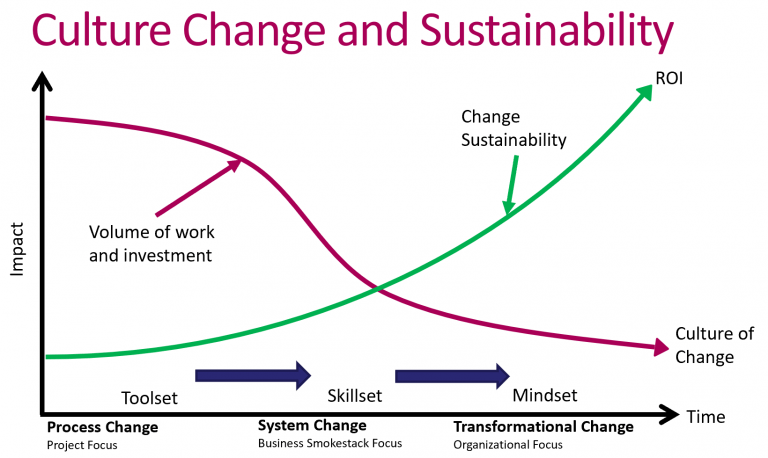How Timeboxing Works and Why It Will Make You More Productive
Summary. In a recent survey of 100 productivity hacks, timeboxing — migrating to-do lists into calendars — was ranked the most useful. Timeboxing can give you a much greater sense of control over your workday. You decide what to do and when to do it, block out all distractions for that timeboxed period, and get it done. The benefits of calendarized timeboxing are many, varied, and highly impactful. The practice improves how we feel (control), how much we achieve as individuals (personal productivity), and how much we achieve in the teams we work in (enhanced collaboration). This may be the single most important skill or practice you can possibly develop as a modern professional, as it buys you so much time to accomplish anything else. It’s also straightforwardly applied and at no cost. Box some time to implement a version of this that works for you.
Five years ago I read Daniel Markovitz’s argument for migrating to-do lists into calendars. Since then, my productivity has at least doubled.
That momentous (at least for me) article describes five problems with the to-do list. First, they overwhelm us with too many choices. Second, we are naturally drawn to simpler tasks which are more easily accomplished. Third, we are rarely drawn to important-but-not-urgent tasks, like setting aside time for learning. Fourth, to-do lists on their own lack the essential context of what time you have available. Fifth, they lack a commitment device, to keep us honest.
This was enough for me. I converted from my religiously observed to-do list (daily work plan) to this calendar system, also known as timeboxing (a term borrowed from agile project management). All five of Markovitz’s criticisms of to-do lists have manifested for me. In a study we conducted of 100 productivity hacks, timeboxing was ranked as the most useful. And over the last few years, I have also discovered several additional benefits of timeboxing, which I would like to share.
First, timeboxing into a calendar enables the relative positioning of work. If you know that a promotional video has to go live on a Tuesday and that the production team needs 72 hours to work on your copy edits, then you know when to place the timebox. In fact, you know where to place the timebox: it’s visual, intuitive, obvious. Working hard and trying your best is sometimes not actually what’s required; the alternative — getting the right thing done at the right time — is a better outcome for all.






